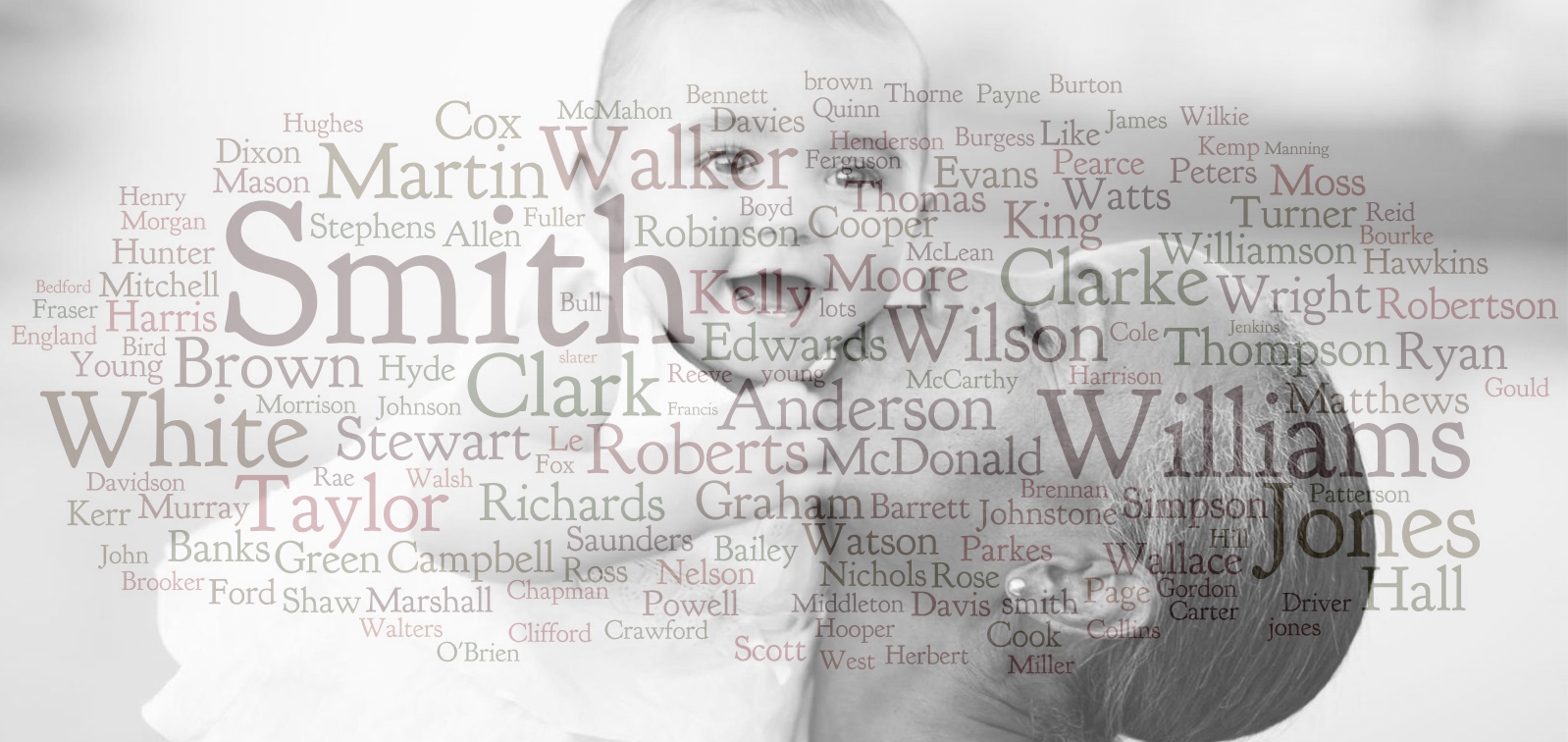
(Excerpted from Unpuzzling Your Past. Fourth Edition, Updated, by Emily Anne Croom, pp. 37-39.)
Naming practices vary from place to place and generation to generation. However, certain consistencies have existed for nearly four centuries in the area we now call the United States. Children were, and still are, often named for parents, grandparents, and other relatives.
Namesakes
For generations, given names have come from surnames, such as Allen, Cameron, Clyde, Davis, Dudley, Elliot, Glenn, Keith, Lloyd, Spencer, and many others. This practice gave these nineteenth-century Southerners interesting name combinations: Green Cash, Ransom Cash, Pleasant Pigg, Wiley Crook, Hardy Flowers, Eaton Cotton, Green P. Rice, and DeForest Menace. When an ancestor has a surname as a given name, think clue. Was it the mother’s maiden name? A grandmother’s maiden name? Another relative’s given name? Only research can answer these questions.
For example, Benjamin Allen Phillips (1801) was named for his grandfather Benjamin Allen. Emily Cooper (1882) was named for her father’s deceased first wife, Emily (Blalock) Cooper. Emily Cooper Blalock (1874) was named for the same deceased lady, in this case, her father’s sister. On the other hand, Pitser Miller Blaloc (1848) was named for a neighbor not thought to be a relative.
Naming Patterns
Various genealogists have suggested a pattern to naming practices of the eighteenth and early nineteenth centuries in England and Wales, which may give clues for studying families of the American colonies and the United States.
Eldest son—often named for the father’s father
Second son—for the mother’s father
Third son—for the father
Fourth son—for the father’s eldest brother
Eldest daughter—for the mother’s mother
Second daughter for the father’s mother
Third daughter—for the mother
Fourth daughter—for the mother’s eldest sister
In the United States, this pattern may be considered a possibility but not a rule. Some families did name eldest sons for paternal grandfathers, but the naming of children for relatives generally followed no particular pattern or order. Families also named eldest sons for relatives on both sides of the family or for no one in particular.
Each of the following was an eldest child. Hunter Orgain Metcalfe (1887) was given his maternal grandmother’s maiden name, Orgain. Samuel Black Brelsford (1829) was named for his maternal grandfather, Samuel Black. Edward Philpot Blalock (1837) was named for his father’s foster brother, Edward Philpot. Mary Eliza Catherine Coleman (1848) received a name from each.grandmother.
Be alert to recurring given names or middle names in a family, especially over several generations. The middle name Steele in the Isaac McFadden family of Chester County, South Carolina, was used for one of his children and several of his grandchildren and great-grandchildren. The name turned out to be the maiden name of Isaac’s first wife, Elizabeth Steele. The other recurring middle name in that family was Ewing, the middle name of two of Isaac’s children and several descendants. Perhaps it is a clue to someone else’s maiden name. Studying the extended family cluster helps you identify such repetition of names and may identify the reason.
Given Names
The genealogist becomes aware of other naming practices. Of course, a daughter was, and still is, sometimes given a feminine form of her father’s name: Josephine (Joseph), Georgianna (George), Pauline (Paul), or Philippa (Philip). Almanzon Huston had a daughter named Almazona.
Some children were, and are, indeed; named for relatives. However, others carry the names of famous Americans or prominent local personalities. In the early years of the republic, some families showed their patriotic feelings by naming daughters or sons Liberty, Justice, or America. Other nineteenth-century families gave daughters the same names as states and cities: Arizona, Carolina, Georgia, Indiana, Louisiana, Missouri, Philadelphia., Tennessee, and Virginia. Nineteenth-century census records revealed these interesting names. Florida Ferry, Arkansas Neighbors, French Fort, Egypt Land, Vienna Wood, and Australia Shepherd.
These people from the eighteenth and nineteenth centuries had a title for a given name: Major Topping, Admiral Croom, Squire Blalock, Pharaoh Lee, Doctor Godwin, Lieutenant Campbell, and Patsy Empress Jones.
Every culture and era seem to have names whose origins are obscure. They may be nicknames, made-up names, combinations of other names, names of characters in literature of the period, or place names. Parents may have simply liked the sound of a name or wanted to choose something different. Sometimes the names researchers find in records are the result of phonetic spelling. Some may be corruptions of other names or attempts to keep names in a family within a particular pattern, such as names in alphabetical order or names beginning with the same initials. These are some of the numerous such names found in this country from 1750 to the present: Benoba, Bivy, Bozilla, Callie, Dicy, Dovie, Fena, Floice, Hattie, Jincey, Kitsey, Laney, Levicy, Lottie, Lovie, Luvenia, Mittie, Nicey, Olan, Olean, Ora, Ottie, Ozora, Parilee, Parizade, Periby, (Pheribah, PheribyY, Fereby), Perlissa, Rebia, and Sinah.
Of Related Interest :
If you want to examine naming practices in greater depth—AND ENJOY YOURSELF IN THE PROCESS—be sure to get your hands on Lloyd Bockstruck’s intriguing book, The Name IS the Game. This concise, illustrative book covers are the role of aliases, adoption of a step-parent’s surname, the role of dialects, surname abbreviations, use of maiden names as forenames, ethnic naming patterns, and much more. By the time you finish this book, you will be much more cognizant that a name change may be the actual cause of an ancestor’s “disappearance,” and, best of all, will possess the tools for finding the missing antecedent. View Book Details in Store
Check out these other related titles:





